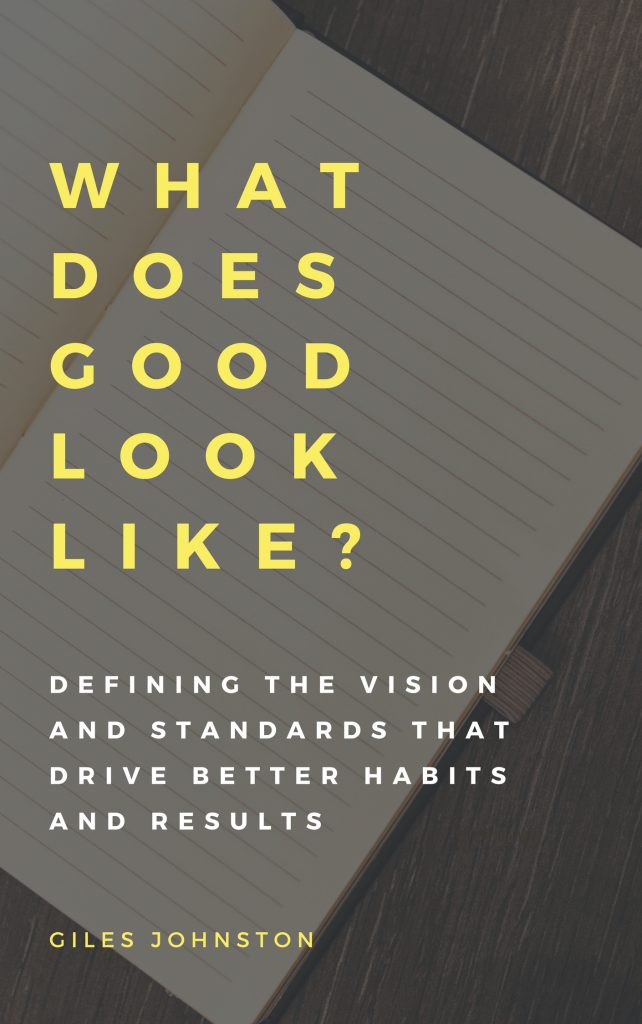Do you know what you want from your improvements?
I mean, do you really know what outcomes you want?
I see so many improvement projects laid out that lack clarity. No clarity on the deliverables. No clarity on ownership, once completed. No clarity around expectations.
This issue is why I wrote the book What Does Good Look Like?
I recall a time where I was working and each new consulting client would have a similar experience. They would crudely outline an improvement and hand this over to their teams.
Typical results aren’t welcome!
I’m sure you can imagine how this scenario played out:
- The team deliver what they think is right.
- The person setting the task checks the result, they’re not happy.
- An argument ensues.
- Corrections are made, both parties leave the experience confused.
I saw something along these lines just the other day. Planning was poor. A handful of vague notes, which included a sketch, were left for a production team to execute against. The change was for a new factory area layout, the move was not successful…
After we sat down and spent a few good minutes, details were clarified and agreement was achieved. None of this is rocket science, but using telepathy as a communication tool for improvement is not a good strategy.
Avoiding disaster
If you want to avoid disaster, complaints and poor results from your improvement projects then please ensure that you have proper plans. By proper I mean clear. Critical details are thought through and the vision is not ambiguous.
You don’t have to nail down every little detail if it isn’t critical. If you are happy for your teams to use some flair and creativity, then allow it. But if some points are critical, if they have to be a certain way, make sure you say so.

